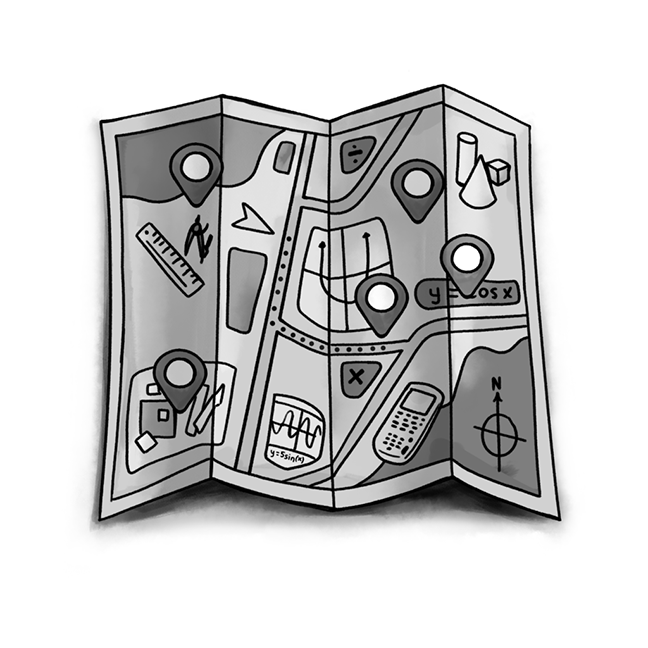Esther Selk, Palo Alto, CA, eselk@girlsms.org
I just started my 25th year in the classroom, so why do I feel like a first-year teacher?
I remember that first year, with the plethora of unknowns. How long will this lesson really take? Will the kids respond to my questions? What should I put on my walls? How should I organize and structure the class period? How do I know my students are learning? Should I let them get out of their seats during class? How much talking between students is the right amount of talking? How do I get their attention? What if I can’t get their attention? Each new school year brings new and changing class dynamics, but I have the confidence to adjust on the fly, capture students’ attention with goofiness, and recognize the ah-ha moments by the sounds students make with their teams.
After our move online, my bag of tricks is suddenly less full. Teaching and learning in cyber-space creates unknowns behind each screen. I cannot take the pulse of a busy classroom just by pausing and listening. The hardest part of an online class is the silence and the inability to read the room.
So, what now? The joy of exploring math and the structure I create for each lesson are the key for me. My classes this past spring were the highlight of my days, connecting me to humanity and talking about something other than the pandemic. This is still true a few weeks into the new school year.
CPM created so many incredible resources for teaching remotely. I have created Task Cards and Google Slides and modified Desmos lessons galore! My screen time has quadrupled so that the experience for the kids is as rich and joyful and clear as possible.
The trickiest part is assessment. I have outlined a few methods that really worked last spring. I have only implemented daily homework so far this year.
- Homework.
Daily homework is always completed on paper, turned into a PDF, and uploaded to our Google Classroom. This way I can still examine students’ thinking in that superold-school-paper way. I am not reducing the number of Review & Preview problems, but I do not deduct points for incorrect responses. Can’t do a problem? No problem. Just write a specific question about it for full credit. This way students are continuing to think, and I can see exactly who needs support and what type of support they need. I directly message students about little details, and I ask them to incorporate these changes on the next assignment. - Formal tests and quizzes.
I spent hours thinking about this last spring. I realized that a challenge I experienced in remote learning is loneliness. What could be more lonely than taking a test alone? Here is how I mitigated it.
a. Everyone got randomly partnered for three to five minutes to talk about the problems, work through a few, ask each other questions, or just do the test with someone in the space with them. I got this idea from One Day, a Teach for America alumni magazine. A teacher uses this in her live classroom and I modified it for Zoom. I asked the students for their opinion on this experience. All were positive, even if they did not all need it. If they actually could utilize this to remind themselves of how to do a problem, excellent. And if it made the experience less lonely, awesome!
b. I left the Zoom open with the waiting room on. This way, I could answer any student’s question one at a time with privacy. And the students who entered the Zoom waiting room knew that I would get to them soon.
c. The larger assessments had two parts. Part 1: They uploaded their paperwork and had multiple choice problems to do. In this fashion I could see, and so could they, where their mistakes were. I could follow understanding and note accuracy. They got immediate feedback on their multiple choice answers. Part 2: They needed to correct every problem they got wrong, and upload their corrections by the next day. I used both parts of the assessment to learn exactly where a student was on their learning progression. They knew ahead of time that they would have a chance to correct their work and learn from their mistakes. The positive feedback on this makes me wish I had implemented something similar years ago. I have never seen students so engaged in learning from their mistakes because the second part (making corrections) counted as much as the first part.
I try to be goofy and laugh, and my flexibility has tripled. But I am holding the kids to high standards, and they like it. My heart and mind is with each of the suddenly brand-new-firstyear teachers out there.
